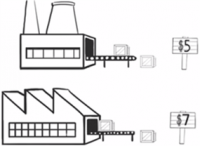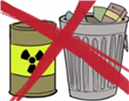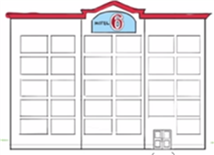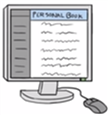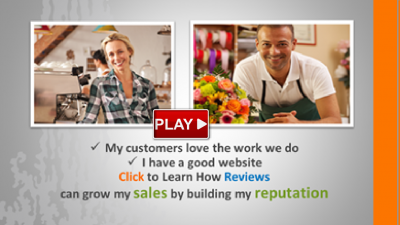What is Competitive Advantage?
Competitive Advantage occurs when you develop a Unique Value Proposition, the Why we Exist (Our Purpose) combined with the Values, Personality, Cultural and Operational Approach we employ to deliver our Products & Services in a way Customers find uniquely valuable and the obvious choice.
Developing a Unique Value Proposition involves more than just being different.
Creating Competitive Advantage is a discipline, a habit of never ending growth thru the continual improvement of your Unique Value Proposition, that begins with the mindset of the business owner or operator. The cornerstone of the most successful mindset is a purpose founded in the joy of serving others and a fascination with understanding how your team can, thru the delivery of your products and services, impact the lives of people in a positive manner.
4 Key considerations of a Unique Value Proposition that creates Competitive Advantage
People / Product / Process / Promotion
Here are three Case Study examples of what happens when leadership focuses on creating the Competitive Advantage of a Relationship based Culture focused on serving others.
#1 Chick-Fil-A is Quick Serve Restaurant selling Chicken Sandwiches
Are their sandwiches better than say, Zaxby’s, who makes a quite tasty chicken sandwich, or any of 8 other Quick Serve Restaurants that sell Chicken as a primary item?
And why is Chick-Fil-A so successful without selling burgers when most QSR’s who sell burgers also sell Chicken Sandwiches?
How is it that Chick-Fil-A has less menu selection, is open fewer days per week (only 6) and yet they are by far #1 of all the QSR’s?
A Relationship focused Culture is the Competitive Advantage which makes them by far the #1 most profitable per unit fast food chain with average profit per unit at 310k in only 6 days of weekly operations.
When compared to #2 McDonalds Chick-Fil-A makes 25 – 29% more sales and profit per unit per day.
And the operators are completely off on Sundays = more FREE TIME
Source Facts: click: Top 50 QSR Report
#2 Then there is the Story of Southwest Airlines who, while among an industry plagued with Bankruptcies and year over year losses of 2 Billion dollars from legacy carriers like American Airlines and others, have managed to remain profitable each and every year of its 41 years of existence.
So is value price the only differentiator that makes Southwest so Popular?
Or could it be their well-articulated shared purpose that has been fully embraced by the Southwest family? Watch the Video below to see what you think.

Friendly (Relationship Focused)

Here’s an example of how Southwest creates Fun Memorable Experiences
 #3 Then there is Delta who recognized it had gotten away from founding principles of Culture and so while coming out of Bankruptcy court in 2007 they embarked on a 4 year turnaround focusing on developing Culture as a Competitive Advantage leading them to being ranked as the 10th most profitable airline in 2014.
#3 Then there is Delta who recognized it had gotten away from founding principles of Culture and so while coming out of Bankruptcy court in 2007 they embarked on a 4 year turnaround focusing on developing Culture as a Competitive Advantage leading them to being ranked as the 10th most profitable airline in 2014.
 It was thru aligning Strategy, Leadership and Team Culture that they were able to rebuild a foundation for Success.
It was thru aligning Strategy, Leadership and Team Culture that they were able to rebuild a foundation for Success.
See the Ted Talk
Why creating Competitive Advantage leads to faster Growth
Creating a Unique Value Proposition that leads to Competitive Advantage means that your business is benefiting the people in the community in the best possible manner. A goal worthy of pursuit. It also means you are likely becoming highly effective at getting the right people on your team and becoming increasingly effective at transferring your skill sets to the leaders among your team which is an executive level skill known as Transformative Leadership.
Without thinking about Competitive Advantage many small business owners and operators don’t see the benefits of their hard work. Instead, they fall into the mindset trap that the only way to differentiate their business is to get into a coupon war over price, which leads to a slow agonizing profit death and the eventual death of the business. In contrast focusing on the steps necessary to differentiate your business based on performance or customer intimacy can have a positive effect for everyone concerned.
The ability to differentiate your local small business thru Competitive Advantage opens the door for your business to grow while you also have more free time to spend with your family.
How to Create and Maintain Competitive Advantage
The 2 most important questions to creating a Unique Value Proposition are;
- In priority order what specifically are the needs and wants of my Customer?
- Are you able to meet those needs in a significantly more effective way than any other local small business competitor?
Understanding the needs and wants of your customers will help you define which Value Disciplines to pursue first. If you are uncertain look for Survey Reports conducted by Trade Associations in your Industry. For a list of Trade Associations visit our Resource: Small Business Trade Associations
Next, as a part of your Marketing Plan consider the four key parts of your Value Proposition, people, product, process, and promotion. Here are a few questions that will help you define the Value Disciplines to pursue;
- How can we consistently get the right people on the team and help them grow?
- Do we focus our efforts on delivering a product or service that aligns best with my customer’s needs and wants?
- How can the processes we use provide the highest level of performance?
- What is the best way to help the people in our community become aware of our products and services and how it benefits them?
Selecting Value Disciplines for Competitive Advantage
The following Guide will further help you consider your Value Disciplines to build a growth strategy and Competitive Advantage.
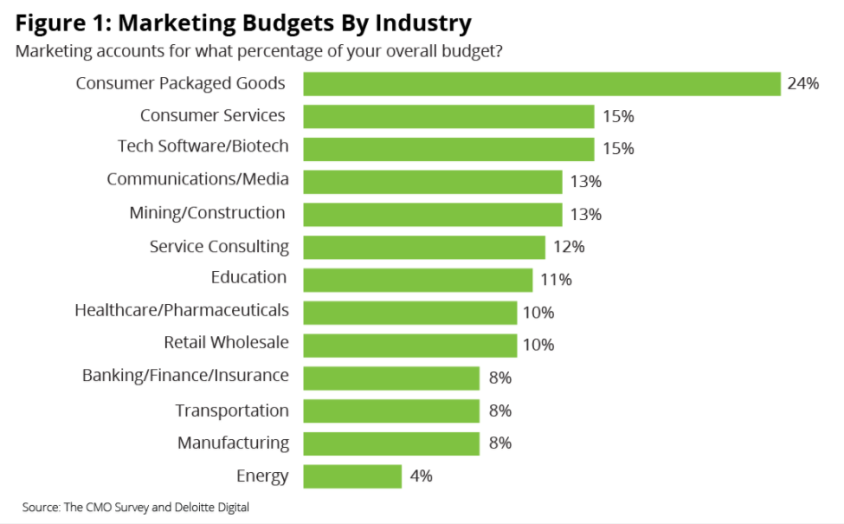



 It was thru aligning Strategy, Leadership and Team Culture that they were able to rebuild a foundation for Success.
It was thru aligning Strategy, Leadership and Team Culture that they were able to rebuild a foundation for Success.